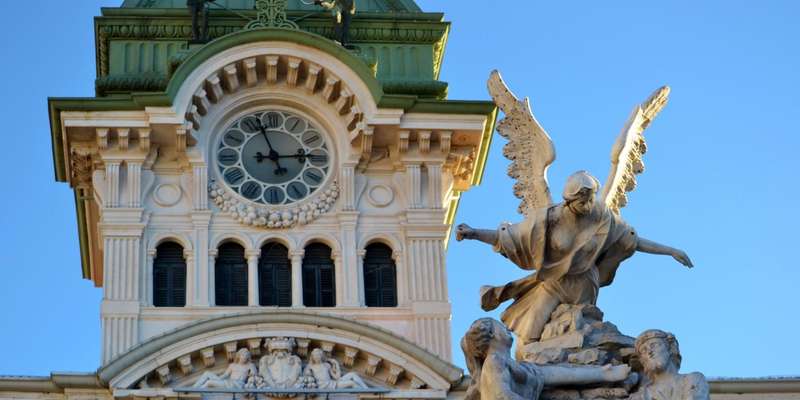- Home
- Useful Tips
- Visiting Trieste's Roman ruins...
Exploring Trieste's Roman ruins with children presents a unique challenge – how to make ancient stones whisper stories to digital-native minds. Over 68% of parents report their kids lose interest in historical sites within 30 minutes, turning educational outings into stressful negotiations. The mosaic floors and crumbling amphitheaters that captivate adults often fail to compete with screens for children's attention. Yet these archaeological treasures hold incredible potential to ignite young imaginations when approached correctly. The key lies in transforming dusty ruins into interactive playgrounds of time travel, where every column becomes a secret doorway and every inscription a puzzle to solve. Local experts understand how to reveal the hidden narratives that make children lean in rather than tune out.


Preparing kids for ruins without overwhelming them
The secret to successful ruin exploration begins days before your visit. Instead of lecturing about Roman history, spark curiosity through relatable connections. Show them how the ancient Romans invented underfloor heating (hypocaust systems visible in Trieste's ruins) – just like their modern radiators. Download interactive maps where they can 'collect' digital artifacts at different locations. Pack a small notebook as their 'explorer's journal' to document finds. Local educators recommend focusing on three concrete elements children can recognize: animal carvings (look for owl symbols at the Roman theatre), colorful mosaic fragments, and the numbered stones Roman builders used like LEGO blocks. This pre-visit priming transforms unknown ruins into a familiar treasure hunt.
Turning the Roman theatre into their personal stage
The 1st-century Roman theatre near Piazza Unità becomes magical when children discover its acoustic secrets. Have them stand on the original stage stones while you whisper from the top tier – the perfect demonstration of ancient sound engineering. Local guides often carry replica Roman toys (spinning tops, knucklebones) to demonstrate how children played 2,000 years ago. The tiered seating makes an ideal spot for snack time while imagining gladiator shows. During summer, check for evening performances where the ruins come alive with projections showing how the theater originally looked – a breathtaking reveal that helps kids visualize the past. Morning visits (before 11am) offer cooler temperatures and fewer crowds, letting children explore freely.
Finding child-friendly amenities near archaeological sites
Strategic planning around Trieste's ruins makes all the difference for families. The San Giusto Hill complex offers shaded picnic areas with panoramic views – pack lunch to enjoy beside the Roman basilica remains. Nearby public bathrooms at the castle include baby-changing facilities. For hot days, the small but excellent Civico Museo di Storia ed Arte displays child-sized Roman armor and has air-conditioned galleries. Smart parents combine ruin visits with the Miramare Castle's marine park (15 minutes away), creating a perfect balance of education and play. The key is limiting time at ruins to 45-90 minute blocks, alternating with interactive experiences that maintain engagement without overwhelming young attention spans.
Making mosaics personal with hands-on activities
Nothing cements a child's connection to history like creating their own version. After seeing Trieste's mosaic floors, visit the ARCA workshop where kids arrange colorful tesserae into take-home souvenirs. Local artisans teach simplified techniques using safe materials, transforming ancient art into personal keepsakes. For DIY options, bring sticky-backed foam squares to your hotel and design 'mosaics' based on patterns photographed at the ruins. Many families find these creative sessions become trip highlights, with children proudly comparing their work to the originals. This tactile experience often sparks deeper questions about Roman life than passive observation ever could, creating natural teaching moments you'll cherish long after returning home.



